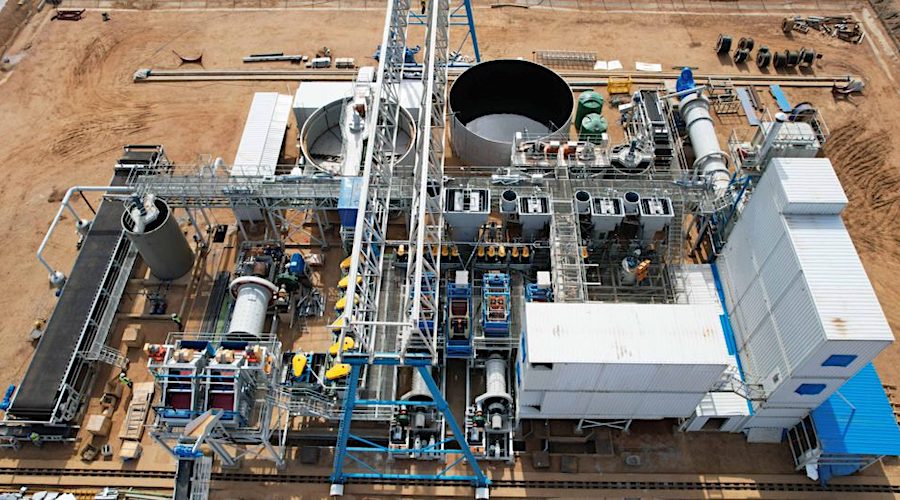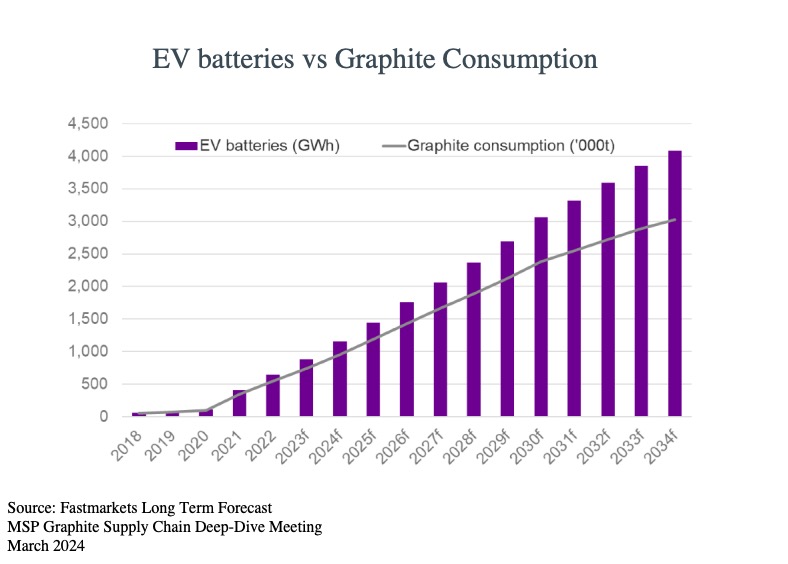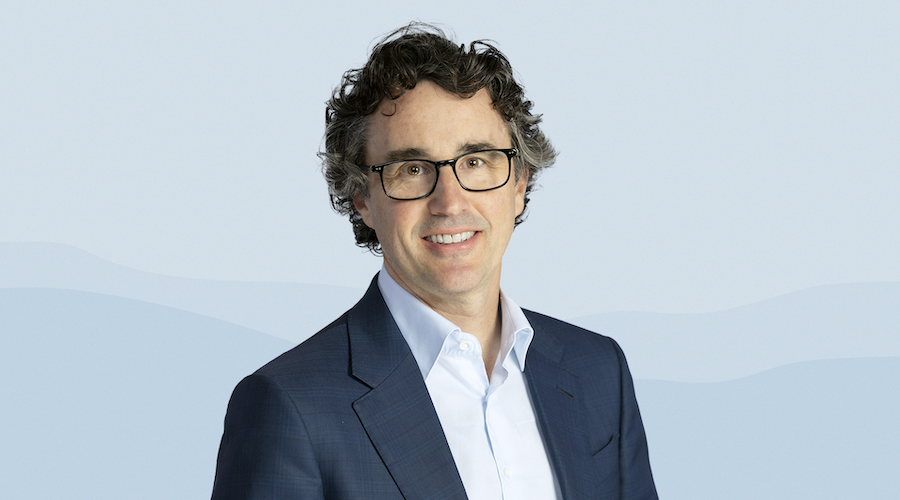NextSource applies to build graphite plant in Mauritius

NextSource Materials (TSX: NEXT)(OTCQB: NSRCF) has submitted an application to build a downstream battery anode facility (BAF) to process graphite in the African island nation of Mauritius.
The plant will have capacity to produce 3,600 tonnes of battery-grade graphite a year, increasing to 14,400 tonnes after 2024, according to filings with the country’s government.
Graphite will come from the company’s Molo mine in Madagascar and the processed product will be shipped from Port Louis, the country’s capital located in the freeport zone.
The quest to bring graphite projects to fruition has become more urgent since China announced in October it will require export permits for the kind of graphite used for electric vehicle batteries.
African-mined graphite could help the car industry meet requirements under Washington’s Inflation Reduction Act, which encourages auto makers to be less reliant on Chinese components.
Growing demand for lithium-ion batteries is expected to boost graphite consumption, according to the US Geological Survey. The raw material is the primary ingredient used in the production of EV batteries by weight. It amounts to over half of every battery and more than 95% of a battery’s anode.

“Graphite demands are on the rise as valuable and broad applications are being researched and developed ranging from consumer electronics, green energy storage and medical applications,” the Canadian miner said in the filings.
NextSource, which reached first graphite production at its Molo mine in June 2023, also said that while deposits are not scarce, the supply of battery-grade graphite “is much tighter.”
The company said in February that it planned to achieve nameplate capacity of 17,000 tonnes of concentrate per annum at the operation by July.
{{ commodity.name }}
{{ post.title }}
{{ post.date }}



Comments